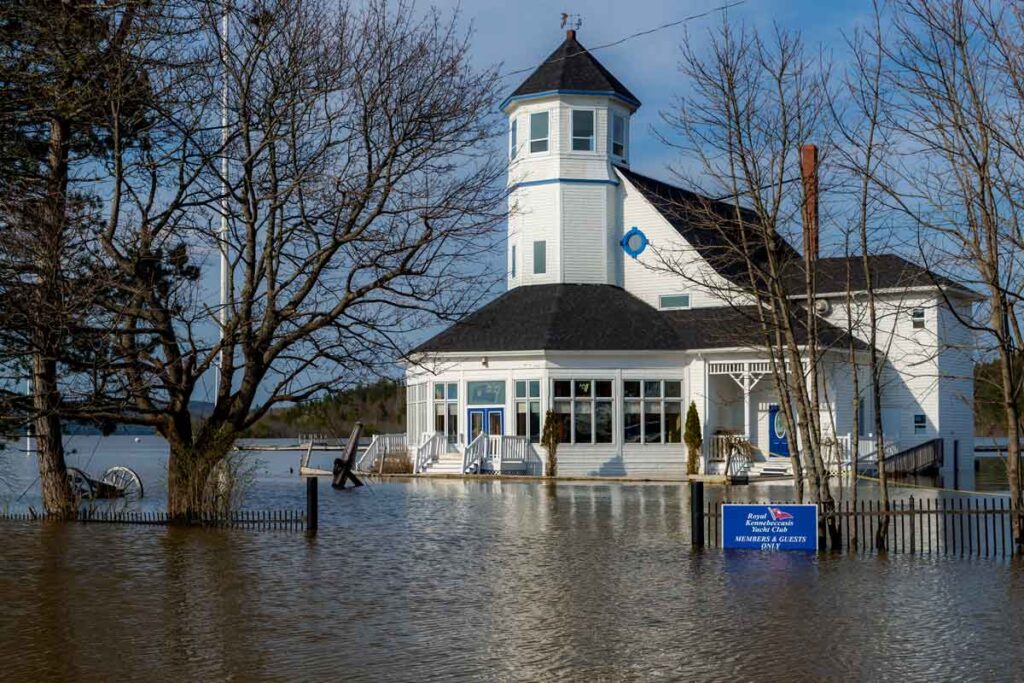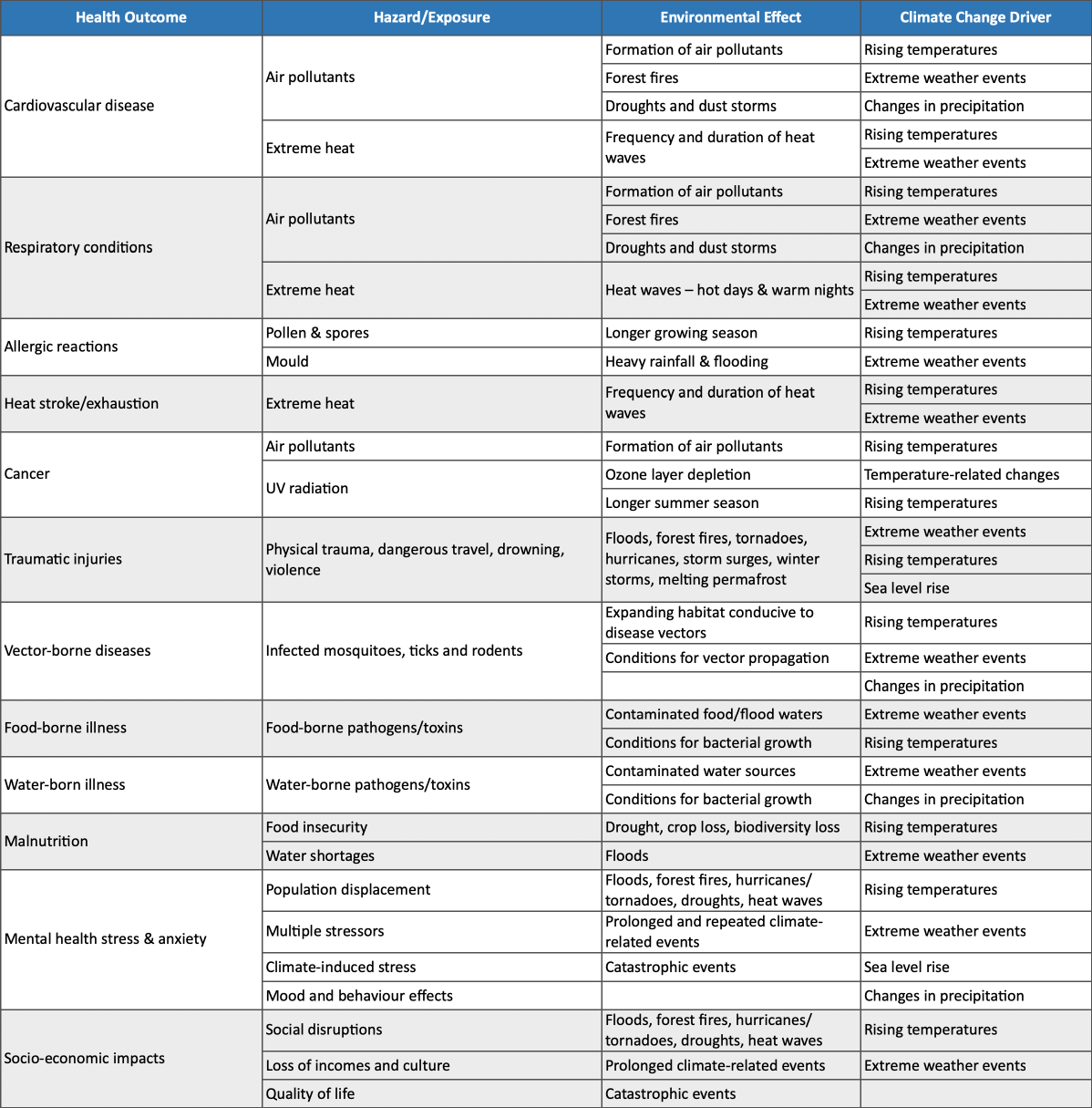In New Brunswick, about 40% of households use a stand-alone or central air conditioner, compared to almost 80% in Ontario and Manitoba. Elderly or ill people, especially if they have low incomes, may have less tolerance for extreme heat. Hence the importance of the Heat Alert and Response System (HARS) to manage health risks. This tool has three alert levels based on three factors that characterize an extreme heat event: intensity, duration, and exposure to heat during the night.
There are provincial public education programs in the province regarding the growing presence of blacklegged ticks carrying Lyme disease (such as Be Tick Smart and Lyme NB), as well as the risks of flooding.
Post-tropical storm Arthur in July 2014 and the ice storm of January 2017 in the Acadian Peninsula made it possible to learn lessons to help the most vulnerable. In Lamèque, door-to-door visits during the ice storm revealed worrying levels of isolation for people on low incomes. Church leaders at Notre-Dame-des-Flots responded by building a community kitchen, shower and laundry room, and offering free meals and counseling. These types of services are useful for building relationships and building community resilience.
Local food self-sufficiency has potential benefits for food security, particularly if climate change disrupts global food production and imports of food to places like New Brunswick become more expensive.
In terms of mental health, researchers from the American Psychological Association recommend that the authorities help people to believe in their own resilience, to encourage optimism, to cultivate adaptive capacities, to maintain practices that help make sense of and promote connectivity with family, place, culture and community.



